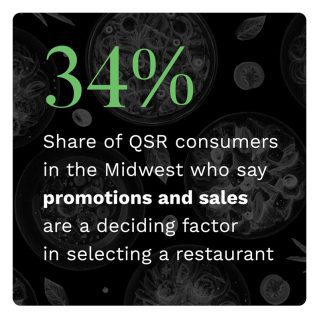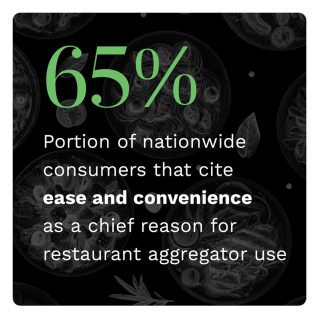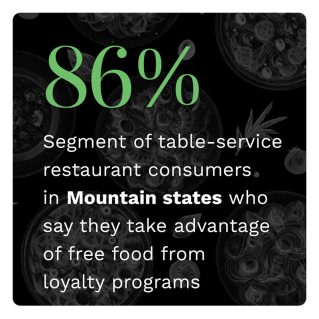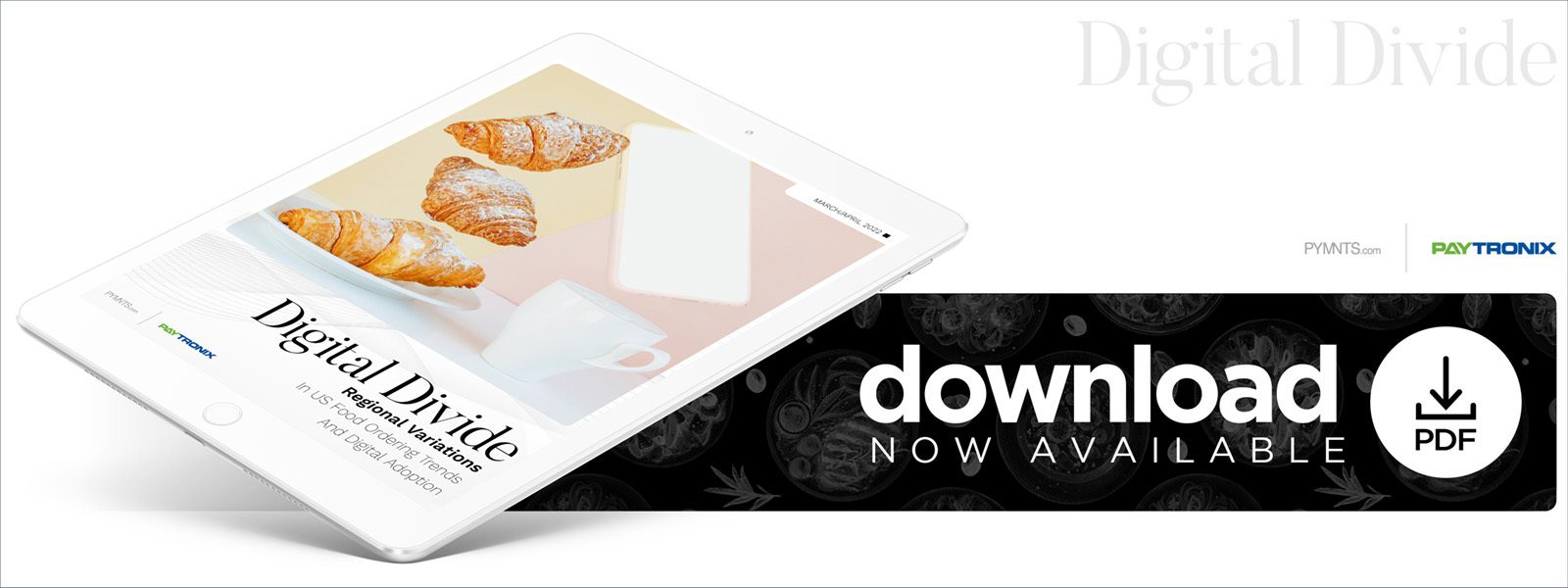New Research Shows That Regional Dining Quirks Matter In Tailoring Restaurant Offers

Americans’ regional tastes in restaurants are as deeply embedded as their taste in food.
Residents of the Midsouth and Mountain regions are the most likely to visit quick-service restaurants (QSRs) for speedy meals, for example, and consumers in the Pacific region generally prefer to sit down and leisurely eat a meal with their friends and family.
As dining preferences shift between regions, so, too, do expectations. Consumers everywhere are interested in discounts and promotions, but these perks are considered the most important in the South Atlantic region. Consumers in other regions are more interested in other perks of loyalty program membership, such as receiving customized discounts and coupons for their favorite foods, getting reminders for orders they have placed or customizing the menu to suit their tastes.
These are just a few of the key findings we uncovered in The Digital Divide: Regional Variations In US Food Ordering Trends And Digital Adoption, a PYMNTS and Paytronix collaboration. The report examines regional variations in consumers’ views and attitudes toward restaurant ordering options, loyalty programs and subscriptions. We surveyed 2,533 consumers in the United States to learn how attitudes and preferences vary according to region.
 More key findings from the study include:
More key findings from the study include:
• Consumers in different parts of the country have different priorities regarding food and dining. For example, consumers in the Midsouth region strongly prefer QSRs, with 68% of consumers surveyed in this region saying they regularly order from these restaurants, while Northeastern consumers are the least likely to order from QSRs.
• Consumers across the country cite the taste of food, familiarity and physical location as the three top factors considered when choosing restaurants — but the importance of these factors and others change across regions.  As just one example, in the Northeast, loyalty programs are more important to consumers’ selection of a restaurant than in other regions. Consumers in regions outside the Northeast are less motivated by loyalty programs.
As just one example, in the Northeast, loyalty programs are more important to consumers’ selection of a restaurant than in other regions. Consumers in regions outside the Northeast are less motivated by loyalty programs.
• Consumers in the Northeast use restaurant aggregators like Grubhub the most, while Midwesterners and Midsoutherners use aggregators the least. Consumers living in the Northeast are the most likely to order via an aggregator, with 39% of surveyed consumers in the region having used them in the last 30 days. Consumers living in the Midwest and Midsouth are the least likely to use aggregators, with just 28% having used one in that time.
To learn more about regional differences regarding food ordering preferences, download the report.
